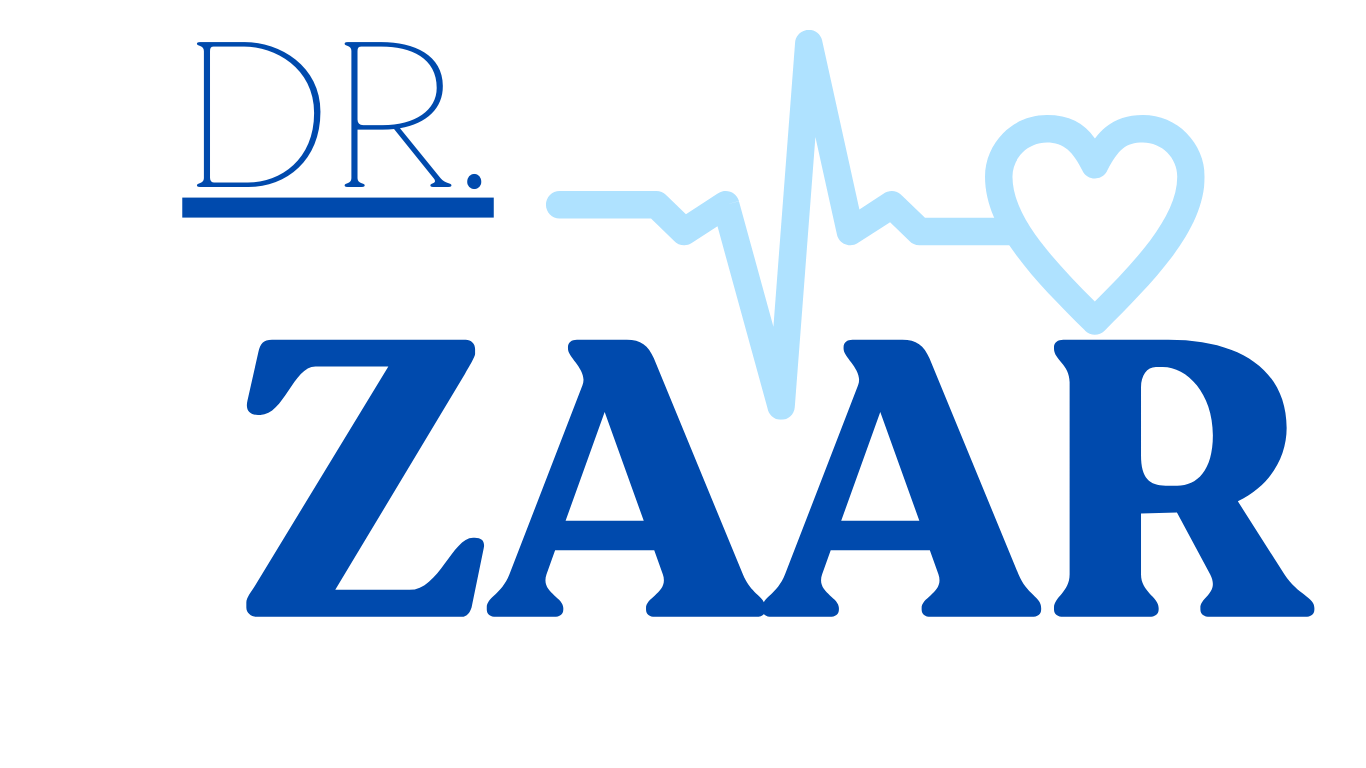- January 16, 2025
- By drzaarofficial1@gmail.com
- 27
The Regulators of Blood Pressure
Understanding Angiotensinogen and Angiotensin
Angiotensinogen is a protein produced by the liver, which acts as the precursor to angiotensin. When released into the bloodstream, angiotensinogen interacts with renin, an enzyme secreted by the kidneys, to form angiotensin I. This molecule is further converted into angiotensin II by the angiotensin-converting enzyme (ACE) in the lungs. Angiotensin II is a potent hormone that regulates blood pressure and fluid balance.
Key Functions of Angiotensin
Angiotensin II plays a critical role in narrowing blood vessels (vasoconstriction), which increases blood pressure. It also stimulates the release of aldosterone, a hormone that helps retain sodium and water, further regulating blood pressure and maintaining fluid balance in the body. This system, known as the renin-angiotensin system (RAS), is vital for cardiovascular health.
The Role of Angiotensin in Health and Disease
While the renin-angiotensin system is essential for maintaining blood pressure, its overactivation can lead to hypertension (high blood pressure) and related cardiovascular diseases. Chronic elevation of angiotensin II can also contribute to heart failure, kidney damage, and atherosclerosis. Medications like ACE inhibitors and angiotensin receptor blockers (ARBs) are commonly used to manage these conditions effectively. Disorders Linked to Angiotensin Imbalance Imbalances in angiotensin levels can lead to severe health issues. Excessive angiotensin II results in high blood pressure, increased cardiovascular strain, and kidney dysfunction. Conversely, insufficient angiotensin activity may cause low blood pressure and inadequate blood flow to vital organs.
Contact Us
+92-321-9700-700
FAQs About Angiotensinogen & Angiotensin
1. What is the role of angiotensin in blood pressure regulation?
Angiotensin II causes blood vessels to narrow and increases blood pressure, while also prompting the kidneys to retain sodium and water, enhancing fluid balance.
2. How is angiotensin-related dysfunction diagnosed?
Dysfunction is diagnosed through blood pressure monitoring, blood tests to evaluate renin and aldosterone levels, and urine tests for kidney function.
3. What are the symptoms of high angiotensin activity?
Symptoms include persistent high blood pressure, fluid retention, headaches, and shortness of breath.
4. What causes excessive angiotensin activity?
Causes include kidney disorders, chronic stress, obesity, and genetic predisposition.
5. How is high angiotensin activity treated?
Medications such as ACE inhibitors, ARBs, and diuretics are commonly prescribed to manage the condition. Dr. Zaar, the best endocrinologist, offers the safest hormone treatments tailored to your needs.
6. Can low angiotensin levels cause health issues?
Yes, insufficient angiotensin activity can lead to hypotension (low blood pressure), dizziness, and poor blood circulation.
7. Are there natural ways to regulate angiotensin levels?
Maintaining a healthy weight, reducing salt intake, managing stress, and staying physically active can help regulate angiotensin activity.
8. What is the role of angiotensin in kidney function?
Angiotensin helps the kidneys conserve sodium and water, ensuring adequate blood flow and filtration. However, excessive activity can damage kidney tissues.
9. How do ACE inhibitors and ARBs work?
ACE inhibitors prevent the conversion of angiotensin I to angiotensin II, while ARBs block angiotensin II from binding to its receptors, reducing its effects.
10. Are angiotensin-related disorders hereditary?
Certain genetic mutations can influence the renin-angiotensin system, increasing the risk of hypertension and related conditions.
